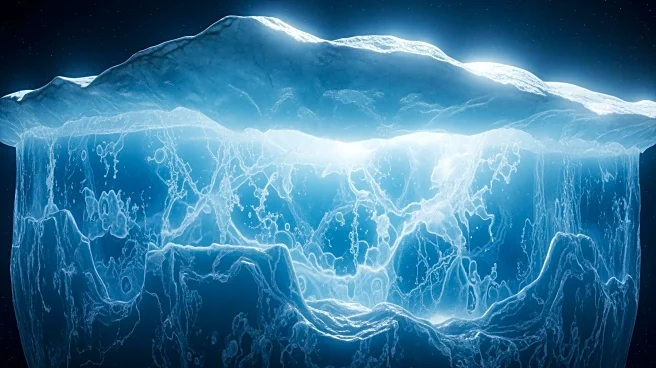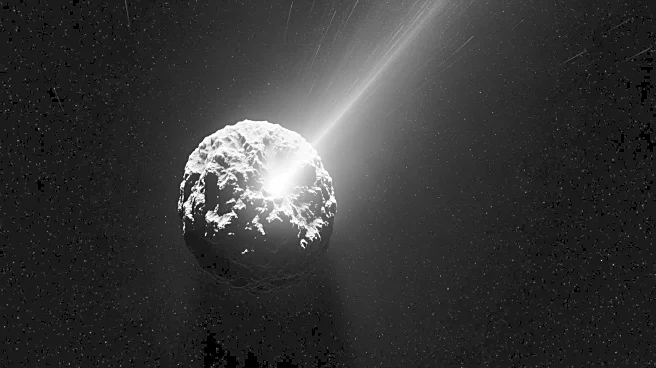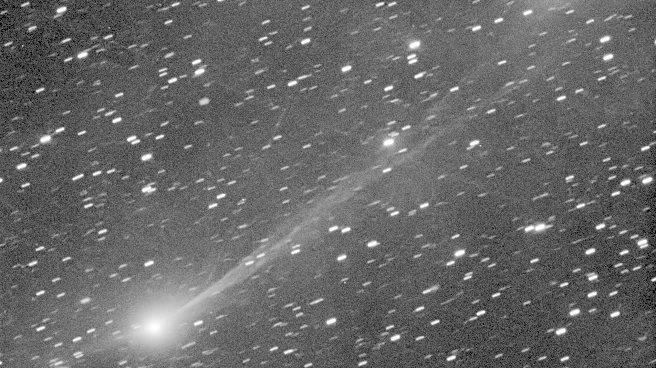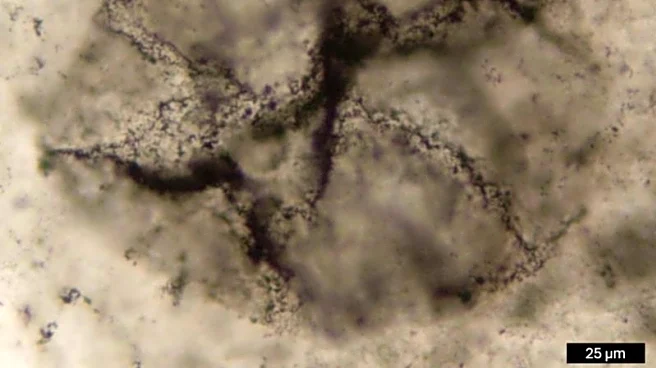What's Happening?
Researchers at the Texas Advanced Computing Center have used supercomputers to refine estimates of ice loss from Saturn's moon Enceladus, based on data from NASA's Cassini mission. The study, led by Arnaud
Mahieux, employed Direct Simulation Monte Carlo (DSMC) models to analyze the behavior of water vapor and icy grains ejected from Enceladus's surface. The findings suggest that the mass flow rates are 20 to 40 percent lower than previously thought, providing a better understanding of the moon's internal activity and aiding future mission planning.
Why It's Important?
The refined estimates of ice loss from Enceladus are crucial for understanding the moon's geological activity and its potential to support life. The study's findings could influence the design of future missions aimed at exploring Enceladus's subsurface ocean, which is considered a prime candidate for extraterrestrial life. The use of supercomputers to simulate the moon's low-gravity environment represents a significant advancement in planetary science, offering insights into the dynamics of cryovolcanic activity and its implications for astrobiology.
What's Next?
NASA and the European Space Agency are planning new missions to Enceladus, with goals that include landing spacecraft on the surface and drilling through the ice to reach the ocean beneath. These missions aim to search for chemical signs of life and further study the moon's cryovolcanic activity. The continued use of supercomputers to simulate Enceladus's environment will play a key role in preparing for these missions, providing valuable data to guide exploration strategies.













